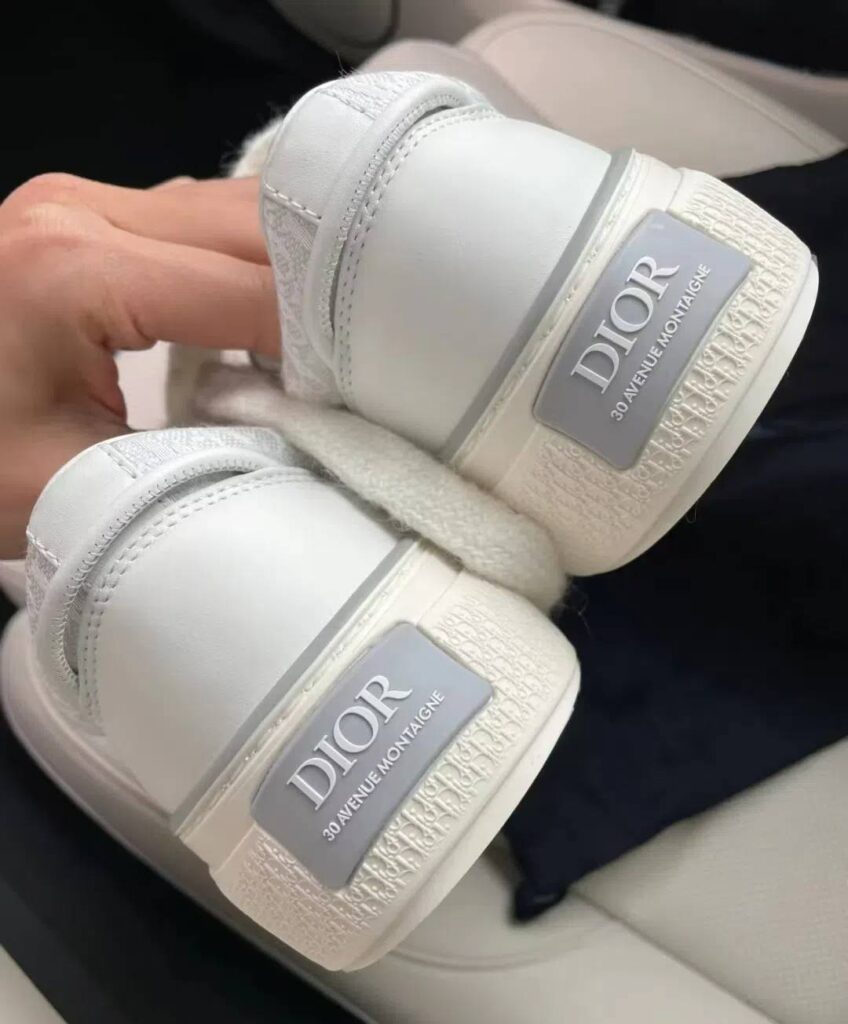In fact, good fake shoes are more cost-effective than genuine shoes because high-quality replica shoes are not only cheaper, but also look, feel and last almost as long as genuine shoes.

It is not easy to distinguish the good quality fake shoes for most of people, because some 1:1 replicas can be very realistic, enough to confuse many buyers. However, the following points can help you roughly evaluate the quality of a pair of counterfeit shoes:
- Observe the materials: Good fake shoes will try to be as close to the materials used in the real thing, whether it is the texture of the leather, the feel of the fabric or the hardness of the plastic parts. Low-quality fake shoes may use inferior materials, such as leather that is too soft or too hard, or cheap-looking synthetic fibers.
- Check the workmanship: Fine workmanship is the key to distinguishing high-quality imitations from low-quality fakes. High-quality fake shoes will have neat stitching, clean cut edges, and little to no signs of glue spillage. Low-quality fake shoes may have loose threads, crooked stitching, or obvious glue marks.
- Compare details: High-quality imitation shoes often try their best to copy all the details of the original, including the location of the brand logo, size, color, and even the details as small as the pattern on the sole. Bad fake shoes may have obvious deviations or errors in such details.
- Pay attention to the smell: New shoes have a certain smell, usually from new leather or new materials. Low-quality fake shoes may emit a pungent chemical smell, which is a typical sign of using inferior materials.
- Shoe box packaging: Although packaging cannot completely determine the quality of the shoes themselves, a well-designed packaging often means that the manufacturer has certain requirements for product quality. Low-quality fake shoes are often only packaged in simple plastic bags, or use low-quality boxes, which are completely different from genuine shoe boxes.
- How it feels: Although trying on shoes cannot directly prove the authenticity of the shoes, the feeling when trying them on can also provide some clues. High-quality knockoff shoes will be closer to the original in terms of comfort and fit, while low-quality knockoff shoes may have obvious deficiencies in internal structure, support and overall comfort.
- Understand the market situation: Price is also a reference factor, but it is not absolute. Extremely low prices usually mean low quality, but if the price is only slightly lower than the original, it may be a high-quality imitation that is quite well made. However, judging by price alone is not always accurate, and it needs to be analyzed in combination with other indicators.
It is worth noting that even if a good fake shoe looks and feels the same as the authentic one, it is still unauthorized and not genuine. Therefore, if you mind wearing fake shoes, it is best to avoid buying them through unofficial channels.


